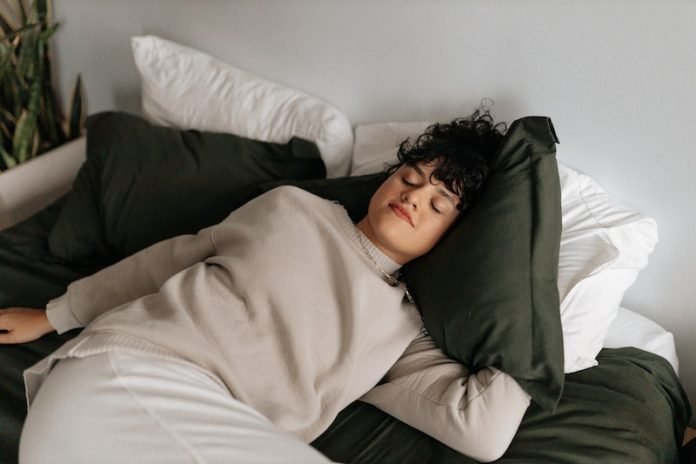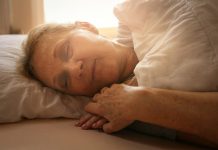
Imagine you’re having trouble with a tricky problem. A new study says that a quick nap might help you figure it out.
This research was done by scientists from MIT and Harvard Medical School.
Napping and Creativity
It seems that the part of sleep when you’re just starting to doze off is when your brain gets really creative. This is called the “sleep onset” stage.
The scientists discovered that if people were asked to dream about a specific topic during this stage, they were later better at solving creative problems about that topic.
In simpler terms, if you were asked to dream about cats while you were just starting to fall asleep, you might later be able to come up with lots of cool stories about cats. Kathleen Esfahany, one of the researchers from MIT, explained this in the study.
The Experiment
The researchers tested this idea with a method called “targeted dream incubation”.
They found that people who were given a special prompt to dream about a specific topic during their nap, came up with more creative stories compared to those who didn’t have a prompt or those who didn’t nap at all.
The results suggest that during this dream stage, our brain makes more connections between different concepts, which might help us to be more creative.
Why Is This Important?
This discovery might help us become more creative in our daily lives. Adam Haar Horowitz, another scientist from MIT, explains that accessing this state of mind could boost creativity.
The researchers behind this study are professors from Harvard and MIT, along with a former student from MIT.
They were inspired by the idea that the first stage of sleep, known as N1 or hypnagogia, might be a breeding ground for creative ideas. Famous people like Thomas Edison have been known to use this state to solve problems.
How Did They Do It?
To test this idea, the researchers developed a special device called Dormio.
This glove-like device measures changes in muscle tone, heart rate, and skin conductance (the skin’s ability to conduct electricity), which are signs of sleep. It sends this information to an app on a smartphone or laptop.
The app then prompts the person wearing the glove to dream about a specific topic. After a few minutes, when the person starts to enter the next stage of sleep, the app wakes them up and asks them to report their dream.
What Were the Results?
The study included 49 people divided into four groups. One group took a 45-minute nap, with the Dormio device prompting them to dream about a tree.
Another group also napped, but without any specific prompt. The other two groups stayed awake, with one being prompted to think about trees.
The people who were asked to dream about trees wrote the most creative stories. Also, people who took a nap, even without a specific prompt, were more creative than those who stayed awake.
The researchers also found that the more dreams people had about trees, the more creative their stories were.
How Can We Use This?
It’s not just about being in the early sleep stage that makes people more creative. It’s also about using the dreams that occur in that stage.
Scientists believe that guiding your thinking during this period can lead to broader associations and creative responses.
The researchers are now exploring if they can expand their dream incubation method to later sleep stages, such as REM.
They’re also looking at making the method easier to use and extending it into other areas, such as helping to treat nightmare-related distress.
They believe that this work could give people more tools to tap into their own minds.
If you care about sleep, please read studies about herbs that could help you sleep well at night, and these drugs could lower the severity of sleep apnea by one-third.
For more information about sleep, please see recent studies that coffee boosts your physical activity, cuts sleep, affects heartbeat, and results showing how to deal with “COVID-Somnia” and sleep well at night.
The study was published in Scientific Reports.
Copyright © 2023 Knowridge Science Report. All rights reserved.



